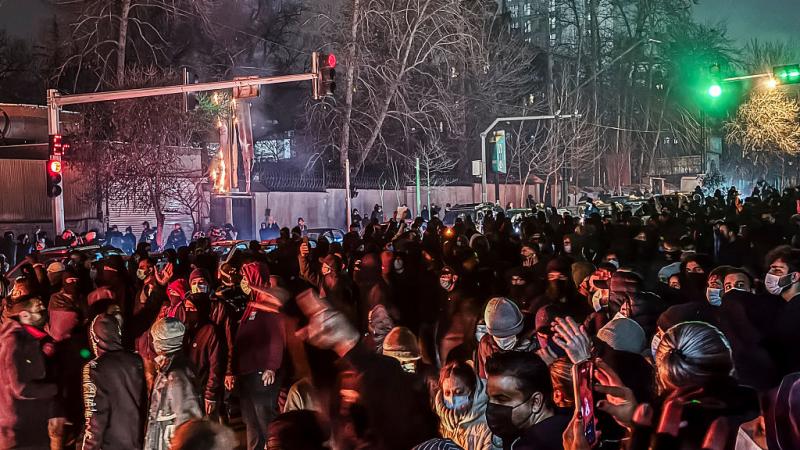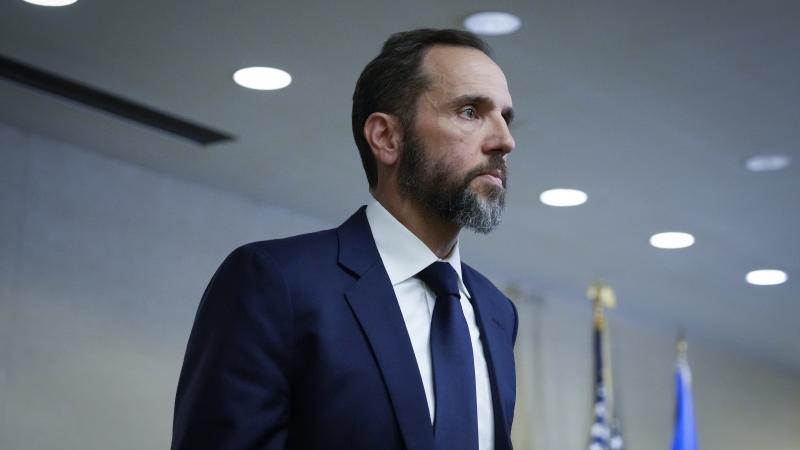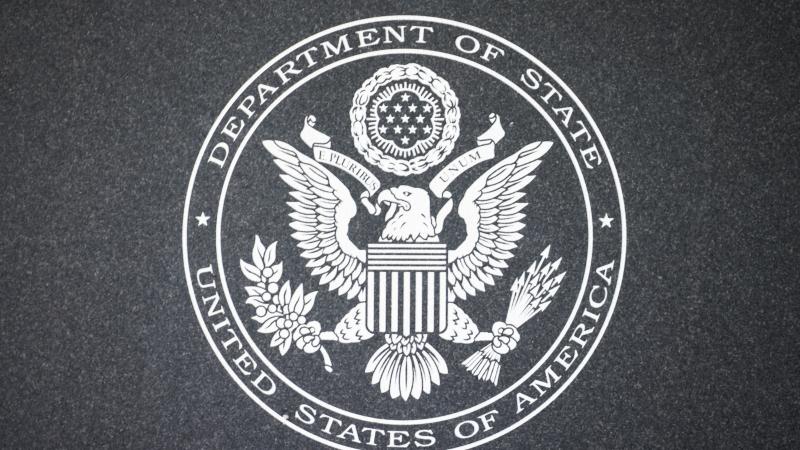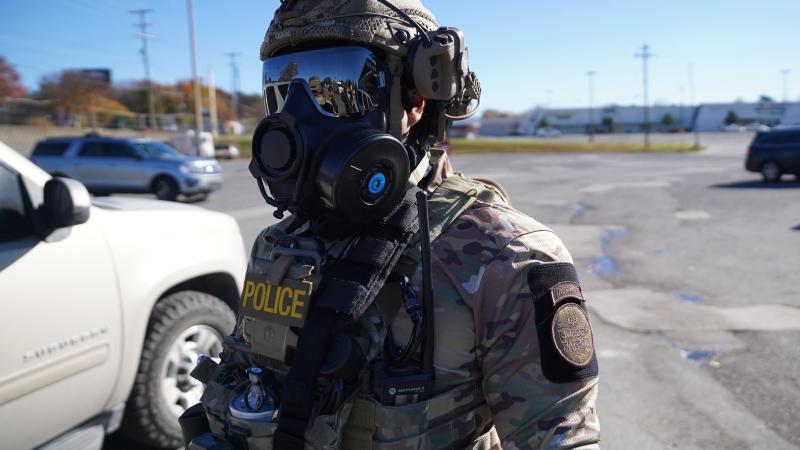Newsom touts California as 'national model' on homelessness
California’s homeless population was 181,399 in January of 2023, and is the largest in the nation.
(The Center Square) - California Governor Gavin Newsom announced California is a “national model” for homelessness while announcing the availability of new funding for mental health and substance abuse treatment. California’s homeless population was 181,399 in January of 2023, and is the largest in the nation. Using similar, recent state programs as cost-approximation, Prop. 1 could very well meet the governor’s claims.
While ongoing treatment costs may prove to be cost effective, government-funded housing projects in California have a history of going well over initial expectations. This means that though Prop. 1 treatment programs may end up being of high value compared to the up to $50,000 in local services, typically through first responders such as police, firefighters, and paramedics, a homeless person on the street tends to use each year.
Prop. 1, which narrowly passed by just 28,000 votes of the 7.2 million ballots cast on the measure, created a $6.4 billion bond for building 11,150 new behavioral health beds and 26,700 outpatient treatment slots, and funding more homeless housing. Interest on the bond at 3.3% over 30 years, the rate the state secured on its most recent general obligation bond issuance, would cost $6.3 billion, bringing the bond’s total cost to $12.7 billion.
About $1 billion of Prop. 1 will go towards housing homeless veterans with another $1 billion going towards homeless individuals with behavioral health problems. The remaining $4.4 billion is to be spent on a mix of treatment and housing as grants administered under the Behavioral Health Services Act. Prop. 1 renamed the Mental Health Services Act, a tax on income over $1 million that raises billions of dollars each year and funds county-administered mental health programs, and requires counties to spend $30% of their MHSA funding on housing for individuals with behavioral health conditions.
Thus, it appears Prop. 1 will house 11,150 of the most in-need individuals in treatment facilities, while those in outpatient slots will live in county-managed housing off-site.
Prop. 1 was passed as a paired funding mechanism for SB 34, a bill that expanded conservatorship, when the state appoints someone to oversee a person’s care and needs, to include individuals unable to provide for themselves due to severe substance abuse or mental health issues. While SB 34 created a means for California to compel those with serious mental health or addiction issues into care, Prop. 1 is designed to expand the facilities available to put the state's homeless into.
However, assuming the 37,850 expected Prop. 1 treatment slots do come with housing, this means each treatment slot will cost about $169,000 to bring online, not including ongoing treatment costs. If one includes interest on the bond, each slot will cost $336,000 to bring online.
Both of these prices remain in the same range as Project Homekey, a state project that converts motels and converts them to permanent homeless shelters and supportive housing. Because Homekey provides many of the expected social services such as mental health and addiction treatment, similar operating costs of $85 per individual per day can approximate Prop. 1 ongoing facility costs.
Using this estimate, maintaining the slots created by Prop. 1 would cost approximately $1.2 billion per year, or $31,025 for each treated individual. If Prop. 1 exclusively treats only those who are already homeless and wholly includes housing, it would be significantly cheaper to run than existing systems, such as in San Francisco, which spends approximately $70,000 per shelter bed per year.
Expanding Prop. 1 to treat the state’s entire 181,399 member homeless population could cost $31 billion to build at Prop. 1 rates, and cost approximately $5.6 billion in annual treatment. For context, California spent $24 billion on homelessness programs in the past five years at the state level alone, not including billions more in county and city spending, suggesting Prop. 1 could be a more cost-effective solution than the state’s existing homelessness efforts.
While Prop. 1 treatment may be cost-effective, initial costs of creating treatment capacity could end up being significantly higher than expected. In Los Angeles, homeless housing from a $1.2 billion bond was supposed to cost up to $414,000 per unit, but has since risen to $548,000, or about the median sale price of a condominium in the city. The city’s Inside Safe program housing homeless in hotels while providing wrap-around services including mental health and substance abuse treatment costs $17,000 per beneficiary per month, or about six and a half times more than Homekey, suggesting effective local management will be a key variable in Prop. 1 treatment costs.















